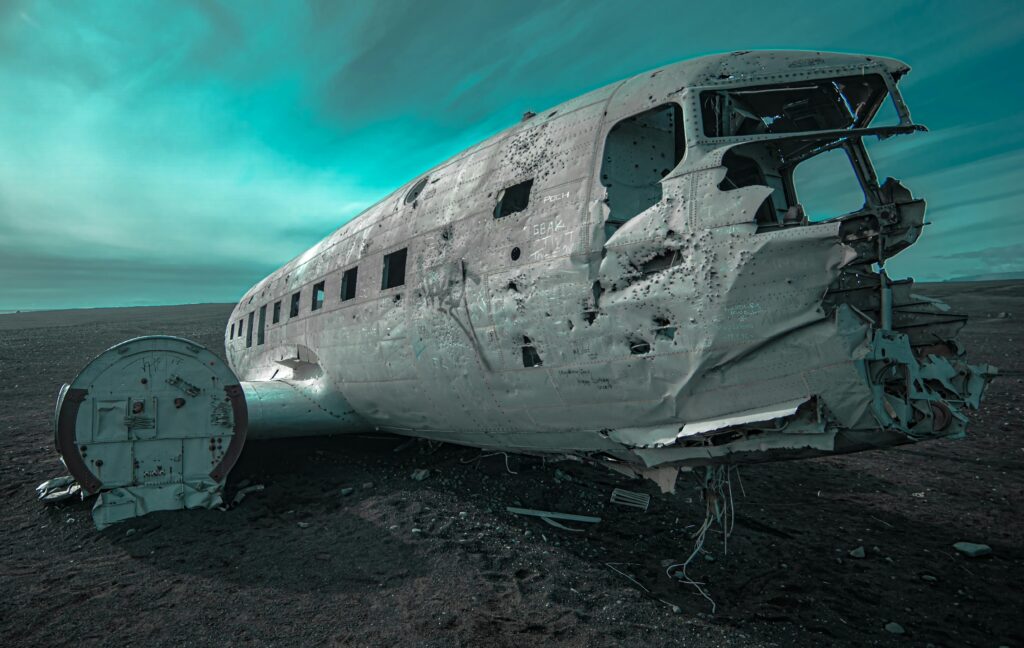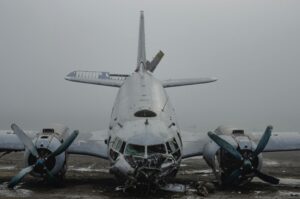
plane crash
The plane crash serves as yet another harrowing reminder of the dangers involved in air journeys. The international aviation community has been shaken and questions have now been posed on urgent issues of flight safety. It crashed in a remote mountainous area, leaving no survivors among the 148 passengers and crew members on board. While the authorities are rushing to investigate the cause of the tragedy, relatives and friends around the world mourn this staggering loss.
The Incident: What We Know So Far
The ill-fated flight departed New Delhi with its final destination being Istanbul. Approximately an hour into the flight, the aircraft lost communication with air traffic control. In northern Afghanistan, witnesses reported a fireball with smoke and debris falling over nearby mountains.
Severe weather and rough terrain delayed rescue efforts, but teams reached the crash site within 24 hours. The scene confirmed the worst: no survivors from the plane crash.
Details of the Aircraft and Crew
The aircraft involved in the crash was a PilotSAFE Boeing 787 Dreamliner—one of the most advanced and safest in its category, known for its efficiency. An experienced crew operated the flight, led by a captain with over 20 years of international flying experience.
The airline stated the plane passed routine maintenance two weeks prior, leading investigators to explore other possible causes like mechanical failure, weather, or sabotage.
Voices from the Ground
A local shepherd described a ‘loud explosion’ and falling debris, supporting radar data suggesting the aircraft broke apart mid-air before impact.
The families of the victims have been congregating at international airports and offices of local airlines, demanding answers. “I only want to know what happened to my daughter,” one mother told NewsInterCity.com.in in tears. “She texted me from the plane, saying that she was excited to land in Istanbul and explore the city. That was all I heard from her.”

International Response and Investigation
Following the incident, authorities of aviation of India, Turkey, and Afghanistan had started a joint inquiry. The black box and CVR have been recovered, and they are being analyzed by a specialized team in New Delhi.
The International Civil Aviation Organization (ICAO) has given its full assurance to help, while Boeing has expressed its condolences and assured cooperation with the investigation.
This has indeed not been the very first occasion the airline has had notoriety. In 2019, the same airline had grounded numerous aircraft for technical irregularities. Officials, while urging people not to jump to conclusions, have not been able to instill public faith in.
Global Repercussions
A Large-scale disaster brings not only emotional devastation but also an even broader impact across the world. Airlines worldwide are reviewing their safety protocols, recipes for flight over conflict zones, and standards for crew training.
The stock market dipped briefly, especially for aviation and insurance stocks, and some experts suggest the crash may impact perceptions of long-haul travel. click here
The tragedy sparked dialogue on flight maintenance transparency and the need for international oversight across jurisdictions.
Safety in the Skies: What Can Be Done?
Inkling placed the terms “commercial aviation” in order of safety against one other mode of transportation. Therefore, it is all the more answerable for the public mind when it considers some crash-landings. Analysts say that while irregular, air crashes rarely spare their victims. But prevention and response are of paramount importance.
Aviation experts find some other areas for improvement:
- Enhanced satellite tracking: Real-time GPS tracking of planes can help authorities to respond faster and more effectively in the event of an emergency.
- Improved pilot training: Extended and more rigorous simulations in emergency scenarios can make a difference in preparing pilots for the rare in-flight emergencies they might actually have to deal with.
- Stricter maintenance audits: Making unilateral maintenance audits compulsory can catch systemic issues before they become disasters.
- Weather monitoring integration: Advanced meteorological tools can be made available to aircraft so that pilots have more information to work with when faced with decisions during turbulence or storms.
The Human Cost
All headlines on a plane crash are shadowing numerous human lives: interrupted lives, broken dreams, disrupted families. The victims included students, working professionals, a new bride and groom, and maybe four kids. From Mumbai to Ankara, vigils are being held, just as social media remains flooded with tributes and memorial messages.
Counselors and support groups are helping grieving families cope, while airlines and insurers work to fast-track compensation—though no sum can truly replace lost lives.
Looking Ahead
Investigators expect this plane crash to become a case study in global aviation, offering lessons in design, crew response, and coordination to help prevent future tragedies.
To protect these rights, governments and airlines must now work to restore public trust and ensure safer skies for all.
Meanwhile, the world mourns, reflects, and waits for answers.
At newsintercity.com.in, we provide accurate updates as the story unfolds and honor those lost in this tragedy.


